Find out how to use full service solutions for large packages in large box shipping of large freights. Find out costings, transport operators, packaging tricks, and overseas shipping plans of professional logistics specialists.
The logistics sector has changed tremendously in order to meet the rising demand of cargo delivery of big and bulky goods. Big box shipping can be described as an oh-so-important part of the current supply chains since it allows businesses to engage in ship large packages, including furniture, appliances as well as industrial equipment over long distances. This extensive guide is a valuable source of information to businesses that need to economize in handling oversized freights efficiently.
The issue of big box shipping can be very complicated and it is important to understand that as a business venture with the aim of spreading out to new areas, and utilizing more ways of delivering products to the customer. And whether you are a retailer who needs to ship big appliances or oversize packages to your customers or manufacturer who has to distribute industrial equipment to the whole world, knowing how to handle big box shipping strategies will go a long way into your bottom line and overall efficiency.
What Is Big Box Shipping: Definition and Scope
Big box shipping is transport when parcel exceeds the standard size and weight limits of the parcel. These freights usually need special handling, equipment and delivery modes since most shipments are large, heavy boxes or delicate. A term refers to all kinds of household equipment and furniture, industrial equipment and building materials.

The big box items of a shipping company are classified in accordance to several criteria such as weighing dimension, real weighing, as well as handling necessitation. Big boxes are usually shipments that are more than 150 pounds or are longer than 108 inches and girth combined. This type needs an alternative pricing model, handling, and delivery process than any other regular parcel shipping.
The contemporary big box shipping systems changed to take into account the increase of e-commerce to allow a business to provide the delivery of large products to consumers. Such a transformation has led to a shift in the way companies have been handling their over sized product inventory level management, customer service and last-mile delivery for shipping large products .
Key Industries Requiring Big Box Shipping Services
Various industries also use big box shipping as an indispensable method to keep their industries running and to actually deliver to the consumers. This is the case in the furniture industry whereby the transportation of the sofas, dining sets, mattresses and other big home settings is specialized. Such products usually require white-glove delivery service, i.e., delivery and on-site set up support, which is often provided by specialized moving companies .
Another good size market is the appliance industry which ships refrigerators, washing machines, and dryers and other major house hold appliances that are large and need great care. Big box shipping is relied on by electronic suppliers as the medium to transport big televisions, computer servers, and heavy duty equipment, while some may also opt for usps priority mail for smaller items that do not require special handling.
Big box shipping is needed in industrial sectors such as the construction and manufacturing industry, as well as automotive industry which need to ship machine tools and components. Most of these shipments, especially the oversized packages, will be done on an international basis and understanding of customs clearance, documentation and compliance to the many requirements that countries are having will be necessary.
Understanding Size and Weight Limitations
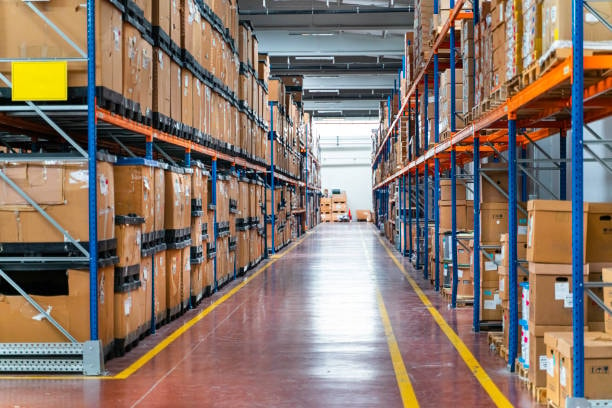
The big box shipping is carried out under certain size and weight regulations which differs across the carriers and means of transport. Majority of the carriers design limits of measurements as per total linear measurements (length + width + height) and weight capacities. Limitations of standard big box are usually between 150 to 1, 000 pounds and dimensions can vary between 108 to 165 inches in terms of combined length and girth.
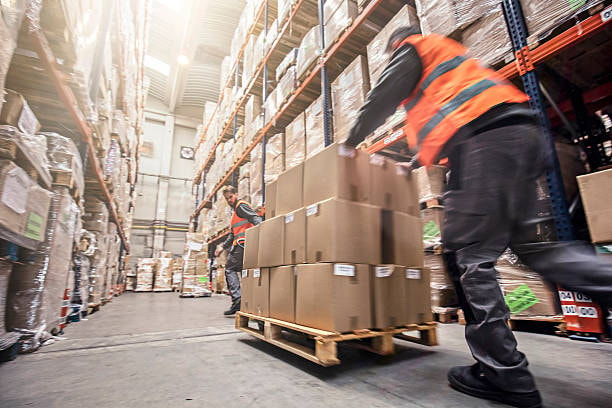
Distribution of weight is a very important element when shipping as well as handling requirements are considered. Products, whose weight is unevenly distributed may have an added fee, and very heavy products may have loading and unloading equipment charges. Being aware of these limitations, including dimensional weight charges, would enable businesses to devise a packaging strategy, as well as budget accordingly when assessing shipping costs of their products.
Overweight freights that do not fit the carrier requirements can be a problem that can be handled through freight shipping services having a diverse pricing system and delivery periods. These are usually the shipments that use less-than-truckload (LTL) or full truckload (FTL) services depending on the volumes or the type of shipment.
Major Big Box Shipping Carriers and Their Services
The big box shipping industry includes a number of big carriers, who have their own service and capability. FedEx Freight offers complete big box services that include specially equipped vehicles and handling techniques on items that are as large as 2,500 pounds. They have terminal network with hydraulic elevated gates and trained staff to permit safe handling of oversize commodities.
UPS freight provides the same services but also emphasizes on time-definite deliveries and tracking. Their big box solutions comprise of inside delivery techniques, reservation planning, and even special handling of packages that have something fragile in them. DHL main specialty is large box international shipping with world wide coverage and experience with customs, and international laws.
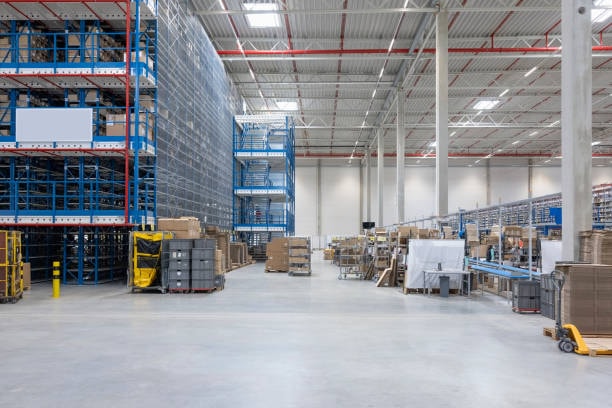
Local and small carriers as well as freight companies specialized in products also have significant involvement with the big box shipping. These carriers usually offer greater personal services, competitive rates on particular routes, and special equipment on special shipping needs. On a regular basis, various companies mix services of various carriers to streamline their shipping plans.
Cost Factors and Pricing Strategies
The shipping cost of big box is based on numerous factors that do not only consider weight and the distance between two points. Dimensional weight pricing is provided in case the weight of the space a good takes in a vehicle is more expensive than its real weight implies. In this process of pricing longitude, weight, and height of the package are taken into account to calculate the weight to be billed.
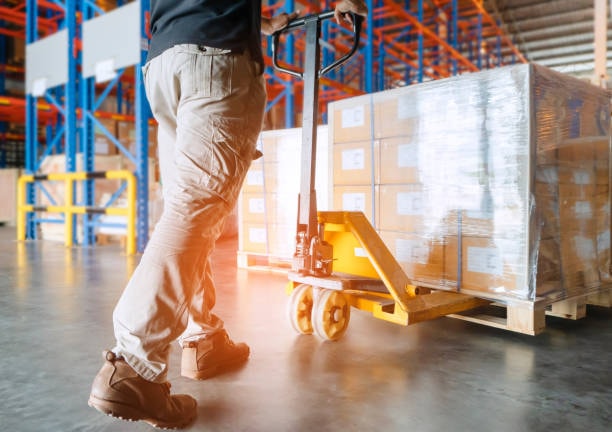
Other cost measures are the fuel surcharges, residential delivery surcharges, special handling surcharges of items that need special handling. Delivery in remote areas results in a charge and the appointment delivery service attracts higher price. Volumes discounts can be offered to companies who usually ship several big boxes.
The price is also greatly influenced by the seasons as high seasons during holidays and back to school seasons attract high prices. Business can maximize the cost by finding the cheapest way to ship, scheduling operations to non-peak times, merging more products in a single shipment, and contracting carriers to charge in-line with their shipping frequency.
Packaging Requirements for Big Box Items
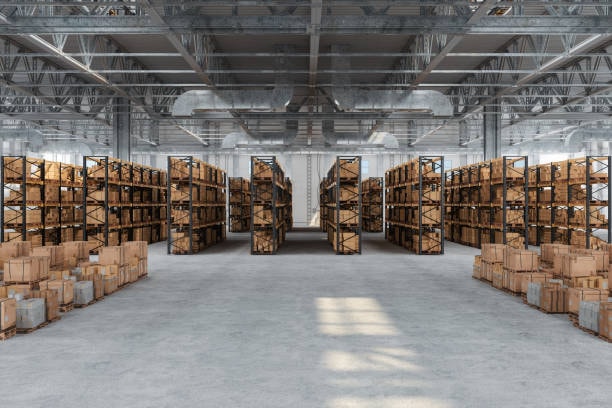
Successful big box shipping relies on proper packaging because, on the one hand, the packages are to protect items during transportation, and, on the other one, make the handling highly efficient. Core protection consists of industrial-strength corrugated cardboard, products in wooden crates and foam inserts which are custom made according to products and their specifications. It should be packed in a way that equally allocates the weight and covers sensitive parts like corners and sticking out details.
Protection against moisture is essential in foods that are prone to the change of humidity and temperature. Desiccants packs, vapor barriers and climate controlled transport are useful in keeping the integrity of products when the transit is long. Sensitive goods need extra cushioning products, and while some may utilize postal service for smaller items, the packaging might need special design for larger shipments.
Labeling requirements of big box shipments are declaration of the hazardous material, handling requirements, and Orientation marks. Rubber markings make the handlers know where to lift and where and how to store. The right forms when placed on the packages facilitate customs clearance without any hassles when the goods are being shipped internationally.
International Big Box Shipping Considerations
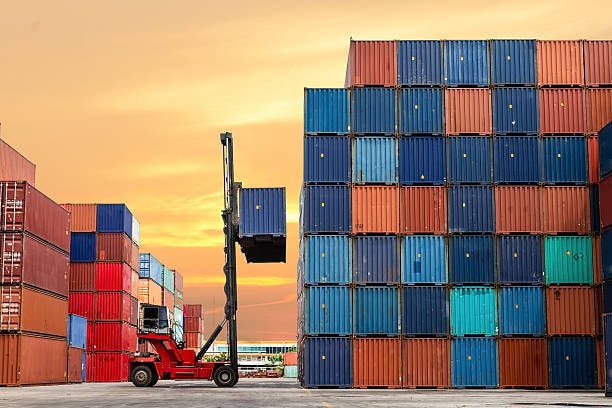
The shipping of big boxes internationally is a serious undertaking, both when it comes to the rules and regulations involved as well as paperwork and the culture of other countries. The documentation used in customs, including for those opting for priority mail, like descriptions of items and their value should be correct as well as their country of origin. Harmonized System (HS) is used to code products on the basis of tariff and aid in identifying applicable duties and taxes.
Lists of prohibited and restricted goods are very different among countries and should be taken into consideration before manufacturing. There are countries that do not allow some kinds of electronics, materials of furniture, or industrial gear. Knowledge of these prohibitions eliminates delays that are expensive as well as the possible seizure of shipments.
The documentations may usually involve commercial invoices, packing lists, and certificates of origin. Others need more permits or checks to certify particular categories of products. The experiences of international freight forwarders are incurred to cut through these complexities and be on the safe side of the local regulations.
Company Introduction GWT Worldwide: Shenzhen Guanwutong International Freight Forwarding Co., Ltd. is a fully-integrated supply chain management company or freight forwarding organisation specializing in international transportation. We also have other services as an accomplished logistics company like air freight, sea freight, Chinese to Europe railway freight, international express, customs clearance, warehousing, and FBA shipping support. With our dedication to efficiency, transparency, and customer satisfaction, our logistics technologies and international network of preferred partners guarantees safe and compliant delivery of goods all over the world.
Tracking and Monitoring Big Box Shipments
The contemporary shipping industry of big box corporations is dependent on highly developed tracking systems, which give insight in real time during the transportation process. There is the GPS tracking that makes location very accurate and the use of sensor where we can maybe identify hits along the way, a change of temperature, and/or moisture levels. This data assists in detecting the possible faults prior to them leading to the damages to the products.
The automated notifications provide shipment tracking to both the shippers and recipients, and they receive information on shipment status: pickup confirmation, shipment tracking during transit, and scheduled arrival dates. Exception notifications inform the interested parties of the delay, route modification or delivery attempt providing them with an opportunity to communicate with the end customers in advance.
The process of tracking businesses that receive many shipments is simplified by integration with enterprise resource planning (ERP) systems and those of warehouse management systems (WMS). The statuses in shipping platforms and internal systems connection are automatic through API connections with smooth data flow.
Insurance and Risk Management
The design of big box shipments has its own risks namely size, value, and handling of the goods. The usual carrier liability insurance cover might not provide sufficient coverage to the high valued goods and an extra cover should therefore be sought. Decared value covers offer minimal cover to the stated value of the item whereas all risk insurances cover additional damages that are caused by external phenomena.
The risk assessment must involve the fragility of the item, the value of the item, the risks on the destination and transportation means. Very expensive electronic goods might need separate cover whereas furniture goods might need scratches and dent cover. Other risks that occur to international shipments comprise political instability, natural disasters, and fluctuations of currency.
Relevant documentation backs up the insurance claims in terms of elaborate photographs, professional valuation, and condition report. Keeping accurate records of packaging processes and handling guidelines will assist in determining that due care is taken in the preparation of shipments to be transported.
Technology Solutions for Big Box Logistics
Integration of technology has transformed shipping of big boxes since automated technologies, artificial intelligence, and data analysis has been in use. Transportation management systems (TMS) manage how routing, companies to use, and costs are made efficient when sending big box shipments. These websites have rate comparisons of different carriers and when price comparisons are done, it automatically chooses the most affordable rates using predefined parameters.
The warehouse management systems also organize the movement of the big box items once they are received and prepared to be shipped. Robotic handling equipment and automated sorting systems decreases the labor requirements when making manual handling activities more accurate and safer. Complexity in inventory management results in the proper stock maintenance and automatic re-ordering.
Technology that is exposed to customers is online quoting tools, shipment schedule tools, and the tracking of deliveries actual weight. They will enhance the customer experience because this method offers transparency and customer control over the shipping process. Mobile application will promote real-time communication between drivers, dispatchers, and customers at the last stage of delivery consolidated freight.
Environmental Impact and Sustainability
Big box shipping is coming under the ever growing critique of environmental concerns with regards to the package material, shipping emissions, and resource depletion. The programs concerning sustainable package relate to the recyclable material, weaker packaging packages, and refuseable container systems. Businesses are also investing in packing materials that are biodegradable and also in second-generation products that can be easily packed to save money shipping large boxes courier services .
Some transportation efficiency gains are the optimisation of routes, maximum loading of vehicles, and alternative fuel powered vehicles. The use of electric and hybrid delivery trucks is increasing when it comes to final-mile delivery when it comes to big box transportation. Consolidation strategies lessen the need of vehicles in that they combine the quantity of loads in one transport ship large boxes.
Carbon offset programs also enable companies to pay the shipping emissions by means of environmental projects oversized package. A variety of carriers already provide carbon-neutral delivery services, which helps business to minimise their environmental impact without sacrificing the quality of service.
Future Trends in Big Box Shipping
Technology, new consumer demands, and environmental concerns are among the areas in which the big box shipping business expands. Autonomous delivery cars are expected to save labor and provide efficient delivery of big box materials. There is testing of drone delivery systems on smaller big box products in rural and suburban locations.
Shrinking of transportation distances and delivery times of big box products is accomplished in micro-fulfillment centers that are nearer to population centers. These warehouses adopt automated storage and retrieval system to scale space with a high returning speed in processing orders.
AR applications will allow customers to see what large items will look like in their homes before they take them, therefore cutting the returns and cost of the shipping process. VR training systems enhance both the safety and performance of the handlers in the presence of difficult big box loads.
Best Practices for Successful Big Box Shipping
Big box shipping must be handled very precisely with planning, proper allocation of resources and ongoing process improvement in order to be successful. The benefits of having relationships with more than one carrier are that it offers flexibility and contingency when there is congestion at the peak time and service interruptions. Regular performance reviews are an opportunity to determine the areas of opportunity and service enhancement.
Training of staff programs provide good techniques of handling, safety and level of customer service. Safe and efficient operations are invested in proper equipment such as lift gates; dollies and protective gear. Periodic maintenance of equipment will eliminate the disruption of services and guarantee performance.
The customer-communication procedures must contain proactive tips, availabilities of appointment schedule of delivery and the information that the customers are to expect on the service levels. The analysis of feedbacks and the analysis of feedbacks can lead to the improvement moments and also high levels of satisfaction.
Phần kết luận
Big box shipping constitutes one of the most important departments to the operations of current logistics, providing businesses with the ability to effectively and efficiently transport large packages, bulky, and heavy products through the chains of supply around the world. In the complex field, one has to understand the carrier capabilities, cost optimization measures, and packaging needs along with being compliant with regulations to succeed. Technology keeps advancing and desire of the customers in terms of shipping big boxes will keep changing and so the business will need to change their way of shipping big boxes in order to stay in business.
Future of the big box shipping will still be characterized by its integration with advanced tracking modules, environment friendly practices, and customer focused technologies. Firms that invest in end-to-end logistics alliances, suitably meeting technology and on-going process enhancing.


Thank you for reading!
Have questions, corrections, or better ideas? We’d love to hear from you!
We value every piece of feedback and promise to reply within 24 hours. Let's make this guide better together!
Note: Spam comments will not be published.